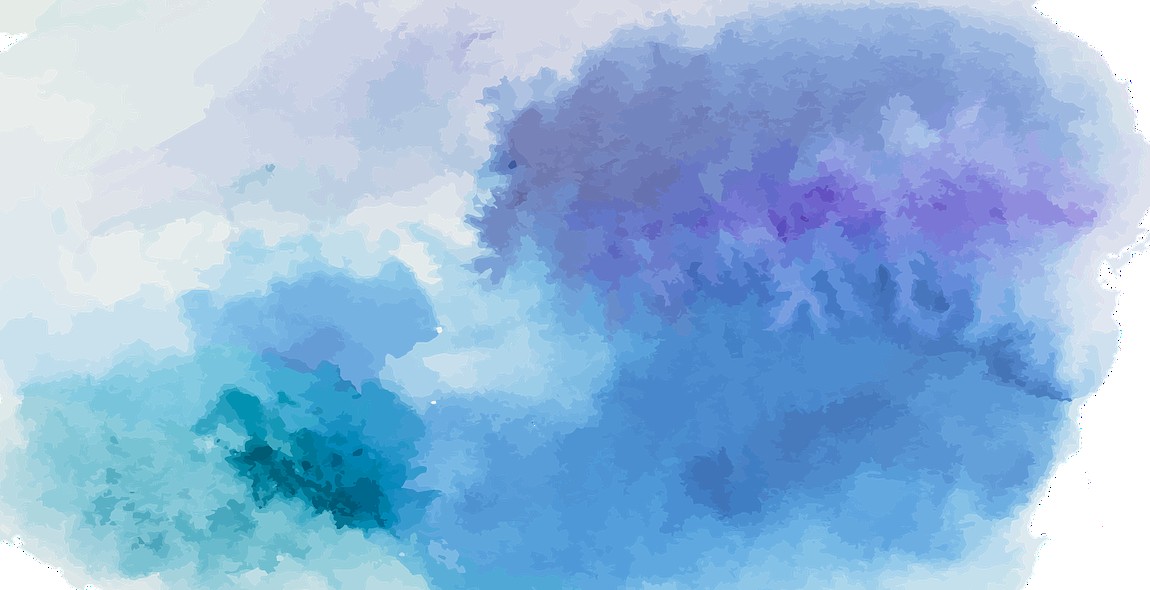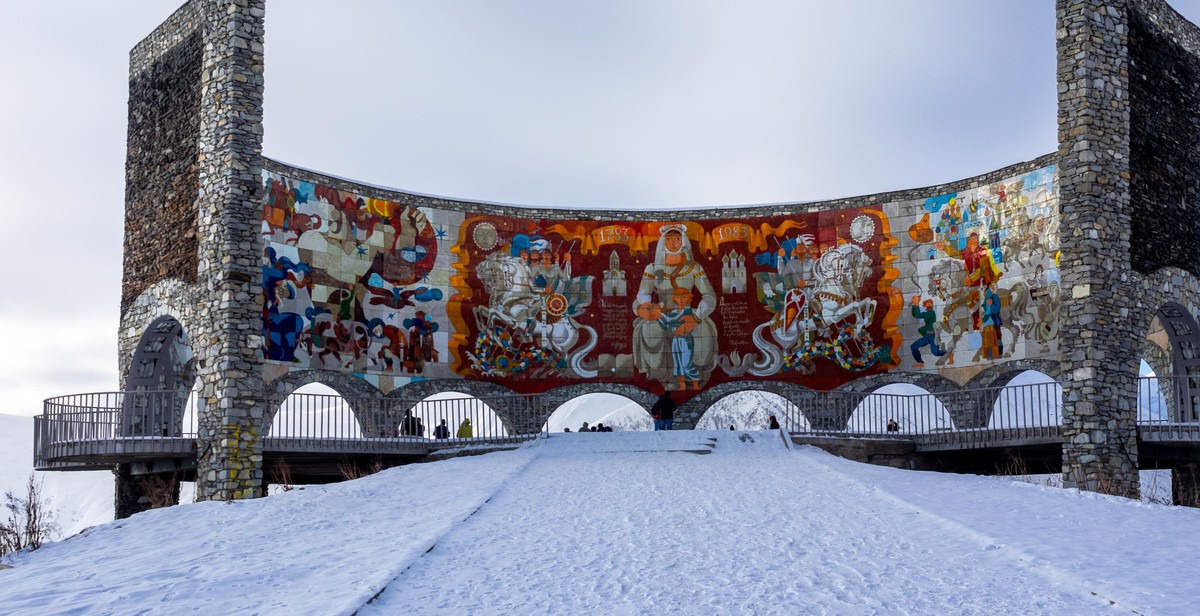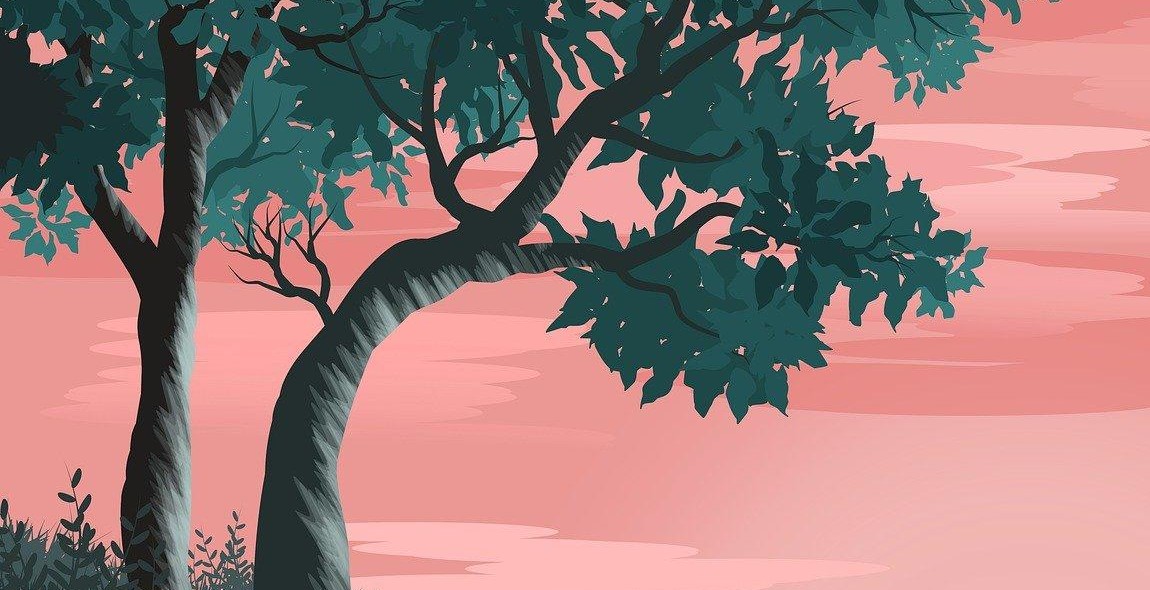How to Paint Clouds: Techniques and Tips for Creating Realistic Clouds in Paintings
As a professional artist with over a decade of experience, I have always been fascinated by the beauty and complexity of clouds. Capturing the essence of clouds in a painting can be a challenging task, but with the right techniques and tips, anyone can create stunning and realistic cloud formations.
Why Painting Clouds is Important
Clouds are an essential element of many landscapes and seascapes, and they can add depth, texture, and drama to a painting. Whether you are a beginner or an experienced artist, learning how to paint clouds can take your paintings to the next level.
Techniques for Painting Clouds
There are several techniques for painting clouds, including wet-on-wet, dry brush, and glazing. Each technique produces a different effect, and it is essential to choose the right one for your painting style and subject matter. Additionally, understanding the anatomy of clouds and how they interact with light and shadow is crucial for creating realistic cloud formations.
Tips for Painting Clouds
- Observe real clouds and study their shapes, colors, and textures.
- Use a limited color palette to create harmony and unity in your painting.
- Experiment with different brush strokes and techniques to create different types of clouds.
- Consider the composition of your painting and how the clouds can enhance or detract from it.
- Practice, practice, practice!
Whether you are painting a landscape, seascape, or still life, learning how to paint clouds can enhance the mood, atmosphere, and overall impact of your painting. In this article, I will share my tips and techniques for creating realistic and stunning cloud formations in your paintings.

Understanding Clouds
Before diving into painting clouds, it’s important to understand the different types of clouds and how light affects them. Clouds are categorized by their height in the atmosphere and their shape. The three main types of clouds are cumulus, stratus, and cirrus.
Cumulus Clouds
Cumulus clouds are the classic fluffy clouds that we often associate with a beautiful day. They are low-lying and can range in size from small cotton balls to large, towering formations. Cumulus clouds are formed by warm air rising and cooling as it reaches higher altitudes, causing water vapor to condense into visible clouds.
Stratus Clouds
Stratus clouds are flat and featureless, covering the entire sky like a blanket. They are formed by a layer of warm air being trapped beneath a layer of cooler air, causing the warm air to rise and form a cloud layer.
Cirrus Clouds
Cirrus clouds are high-altitude clouds that are thin and wispy. They are formed by ice crystals that have condensed in the upper atmosphere. Cirrus clouds are often a sign of a change in weather, as they can indicate an approaching storm.
How Light Affects Clouds
The way that light interacts with clouds is an important aspect to consider when painting them. Light can affect the color, shape, and texture of clouds.
During sunrise and sunset, the light is often warmer and softer, which can give clouds a beautiful orange or pink hue. The shadows on clouds can also be more pronounced during these times of day, giving them more dimension.
On a cloudy day, the light may be diffused and less intense. This can give clouds a flatter appearance and make them appear less defined. However, on a bright and sunny day, the light can cause the edges of clouds to be more defined and create a greater contrast between the light and dark areas of the cloud.
| Cloud Type | Description |
|---|---|
| Cumulus | Low-lying and fluffy |
| Stratus | Flat and featureless, covering the entire sky |
| Cirrus | High-altitude, thin and wispy |

Materials You Need
Paints
When it comes to painting clouds, you’ll need a variety of paints to create the perfect look. Acrylic paints are an excellent choice for beginners as they are easy to use and dry quickly. They are also water-soluble, which makes them easy to clean up. Oil paints are another option, but they take longer to dry and require solvents for cleaning up. Whichever type of paint you choose, you’ll need to have a range of colors on hand to create the different shades of clouds. White, blue, gray, and yellow are all essential colors to include in your palette.
Brushes
When painting clouds, you’ll need a variety of brushes to create different textures and shapes. A large, flat brush is ideal for creating the base shape of the clouds, while smaller round brushes can be used for adding details and highlights. You’ll also need a fan brush or a stippling brush for blending colors and creating soft edges. It’s a good idea to have a range of brush sizes on hand so that you can create different-sized clouds and details.
Canvas or Paper
You can paint clouds on a range of surfaces, including canvas and paper. Canvas is a popular choice as it is durable and can withstand multiple layers of paint. It is also available in a range of sizes, so you can choose the perfect size for your painting. If you’re working with acrylic paint, you can also use paper as a surface. Watercolor paper is an excellent choice as it is thick and can handle multiple layers of paint. It’s important to choose a surface that is suitable for the type of paint you are using and that will give you the desired effect.
Conclusion
Having the right materials is essential when painting clouds. With a range of paints, brushes, and surfaces on hand, you’ll be able to create beautiful, realistic clouds in your paintings. Experiment with different techniques and materials to find the perfect combination for your style and preferences.

Techniques for Painting Clouds
Clouds are an essential part of landscape paintings, and painting them can be challenging for many artists. However, with the right techniques and tools, you can create realistic clouds that will enhance the beauty of your artwork. Here are some techniques that you can use to paint clouds:
Wet on Wet Technique
The wet on wet technique involves applying wet paint onto a wet surface. This technique is perfect for painting soft and fluffy clouds. To get started, apply a light base color to the area where you want to paint the clouds. Then, using a large brush, apply a darker color to the top of the cloud, and blend it downwards with a clean, damp brush. Keep adding layers of paint until you achieve the desired texture and shape of the clouds.
Dry Brush Technique
The dry brush technique involves using a dry brush to apply paint on a dry surface. This technique is perfect for painting wispy and thin clouds. To get started, mix a small amount of paint with a medium or gel to create a thick consistency. Then, using a dry brush, apply the paint in a horizontal or vertical motion to create the illusion of thin clouds. You can also use a fan brush to create a more natural look.
Layering Technique
The layering technique involves applying different layers of paint to create depth and texture. This technique is perfect for painting realistic and dramatic clouds. To get started, apply a light base color to the area where you want to paint the clouds. Then, using a medium brush, apply a darker color to the top of the cloud, and blend it downwards with a clean, damp brush. Repeat this process with different shades of paint until you achieve the desired texture and shape of the clouds.
By using these techniques, you can create stunning and realistic clouds in your paintings. Experiment with different colors, brushes, and techniques to find the perfect combination that works for you.

Tips for Creating Realistic Clouds
Painting clouds can be a challenge, but with the right techniques, you can create realistic and stunning clouds in your paintings. Here are some tips to help you:
1. Observe Real Clouds
One of the best ways to create realistic clouds is to observe real clouds. Look at different types of clouds at different times of the day and in different weather conditions. Take note of the shapes, colors, and how the light interacts with the clouds. This will help you to create more accurate and realistic clouds in your paintings.
2. Use Light Colors
Clouds are usually light and airy, so it’s important to use light colors when painting them. Start with a base color that is lighter than the sky color and gradually add more white to create the highlights. Use a soft brush to blend the colors together for a more natural look.
3. Blend Colors Gradually
When painting clouds, it’s important to blend the colors gradually. Start with the lightest color and gradually add more color as you move towards the shadow areas. Use a dry brush to blend the colors together for a more natural look.
Remember to take your time and be patient when painting clouds. With practice and observation, you can create beautiful and realistic clouds in your paintings.

Conclusion
Painting clouds can be a challenging task, but with the right techniques and tips, you can create realistic and breathtaking clouds in your paintings. Remember that practice makes perfect, so don’t be afraid to experiment with different techniques until you find the ones that work best for you.
Key Takeaways
- Start with a light base color and then gradually add layers of darker colors to create depth and dimension.
- Use a dry brush technique to create the wispy, delicate edges of clouds.
- Experiment with different brush strokes and tools to create different types of clouds, such as cumulus or cirrus clouds.
- Consider using reference photos or observing real clouds to better understand their shapes, colors, and textures.
Final Thoughts
Painting clouds can be a rewarding experience that adds depth and drama to your artwork. Remember to be patient and take your time, as creating realistic clouds takes practice and dedication. With the right techniques and tips, you can create stunning cloudscapes that capture the beauty and majesty of the sky.
| Related Articles: | 5 Tips for Painting Landscapes | The Importance of Color Theory in Painting |
